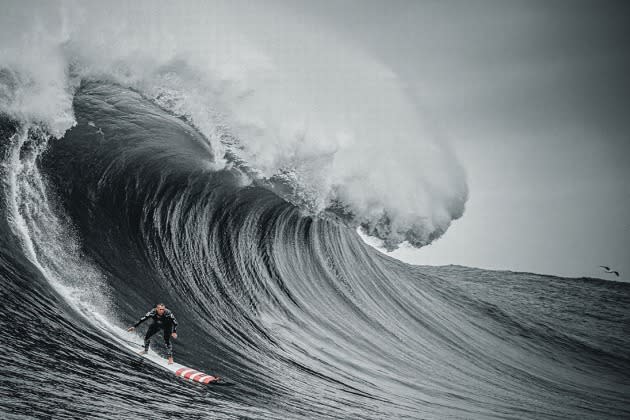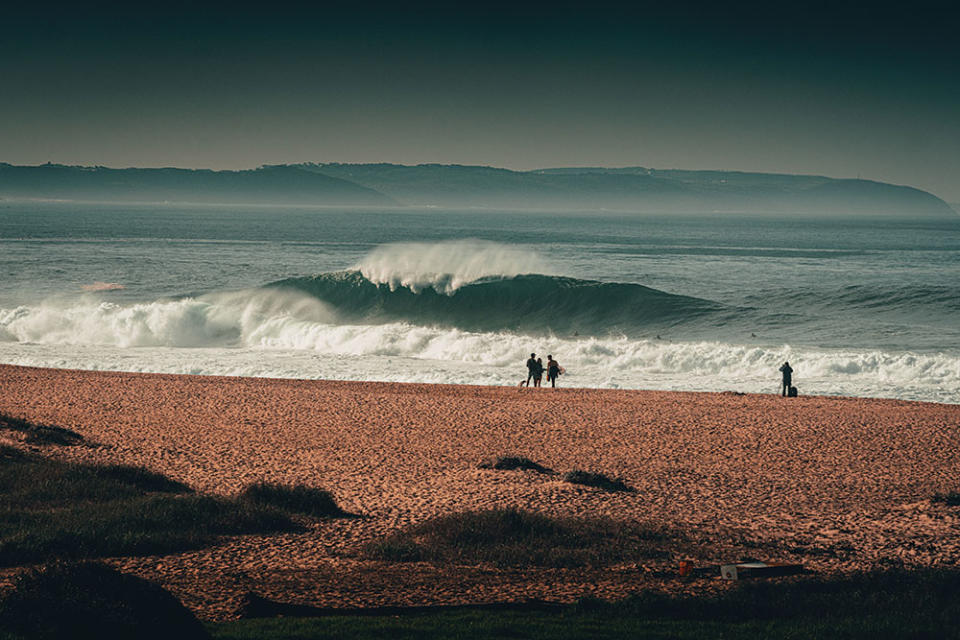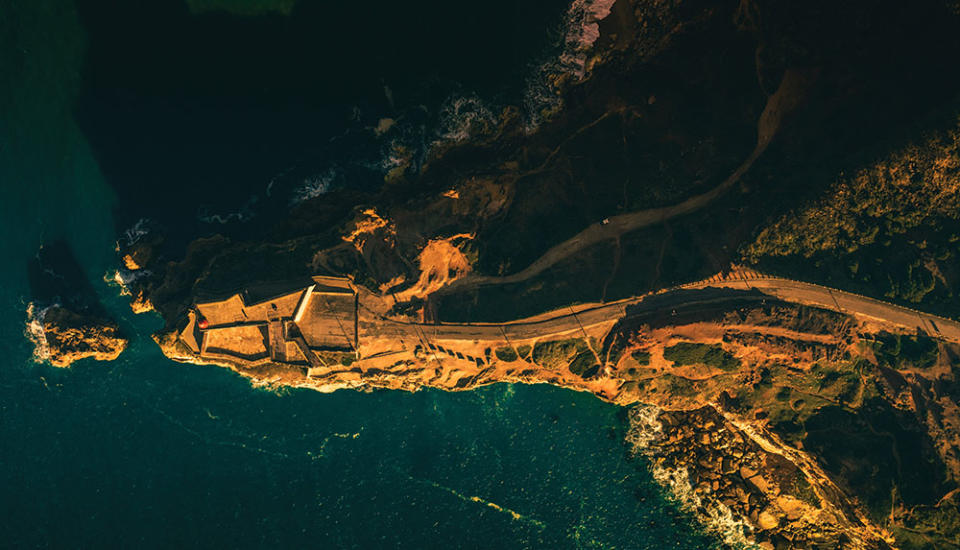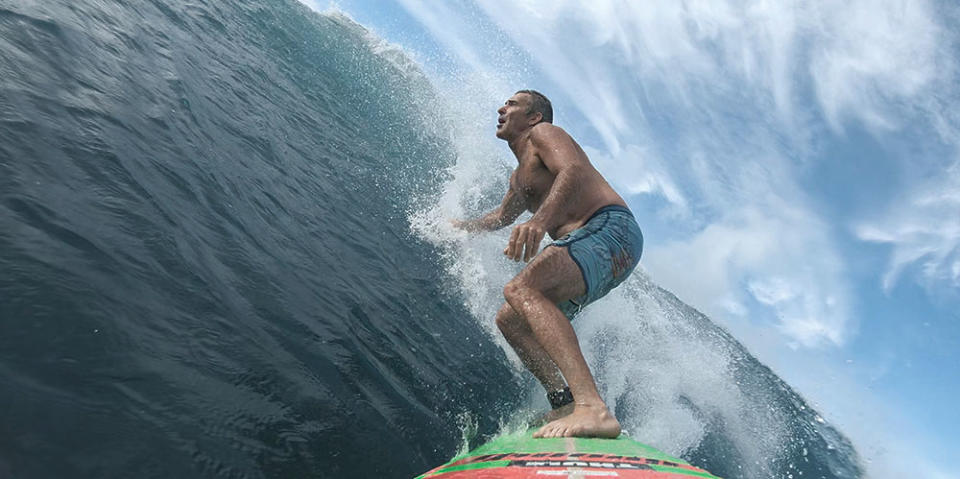How HBO’s ‘100 Foot Wave’ Captured Big-Wave Surfing
- Oops!Something went wrong.Please try again later.

Mike Prickett not only served as director of photography on 100 Foot Wave, but his own story is so uniquely intertwined with big-wave surfing that it is even depicted in episode five of the Emmy-nominated HBO documentary series.
“In the world of cinematography in the ocean, Mike Prickett has been at the forefront,” says big-wave pioneer and subject of the series, Garrett McNamara, during the episode. Surf cinematographer Brock Ladd goes on to describe the DP as a “legend in the surf community.”
More from The Hollywood Reporter
The Emmys Embraced True Crime, With a Focus on Scams Over Murder
Korea Picks Park Chan-wook's 'Decision to Leave' for Oscar 2023 Competition
Prickett resides on the North Shore of Oahu, Hawaii, and has been lensing surfing for nearly four decades while compiling credits on movies including Chasing Mavericks and Step Into Liquid. Along the way, he has developed techniques and camera systems for photographing these unrepeatable moments, and has overcome his own personal challenge. Prickett was filming in Tahiti in 2012 when a fellow diver was caught in a down current, almost 220 feet below the surface. As described in 100 Foot Wave, Prickett saved the diver, but they ran out of air during an emergency ascent, causing Prickett to experience the bends and leaving him partially paralyzed. Today he uses crutches to get around, but hasn’t shied away from getting in the water with his camera.

For the Chris Smith-helmed 100 Foot Wave, Prickett earned his first Emmy nomination (along with cinematographer Laurent Pujol for episode four, “Dancing With God”) and displays no loss of passion for surfing or getting jaw-dropping images of these athletes in action.
While filming on the series began in 2019, it involved shoots from long before then. “I grew up with Garrett, and I’ve been filming him throughout his career,” Prickett explains, noting that the series incorporates footage from earlier points in McNamara’s career. “We had a lot of archival footage prior to starting the movie.”
Lensing 100 Foot Wave, both from the shore and in the water, took place at Nazaré, Portugal, as well as surf destinations in Tahiti and Hawaii. The main camera was a Red Monstro, shooting 8K Vista Vision with a range of Canon and Zeiss lenses, as well as vintage Leica lenses. The team also used a Phantom Flex 4K camera for high-speed photography.
“We had guys on Jet Skis with cameras — a driver and then a cameraman,” Prickett says, adding that they sometimes hopped off the Jet Skis and filmed while swimming in the waves. “We also invented a new gyro-stabilized gimbal we mounted on the back of a Jet Ski, and it was remote control,” he explains, noting that this gimbal (co-developed by Prickett’s Salt + Air Studios, ShotOver and Immortal Camera Systems) was “down to the size of a basketball” and waterproof. “We could drive it into the waves and control it from about 2 miles away. We could get in really crazy positions and capture [it all] relatively safely.”

Safety, of course, is paramount, and Prickett explains that each cinematographer had a safety team. “At Nazaré, the surfers themselves really have to have two or three safety teams for every rider because when they go in, sometimes the Jet Ski fails and they have to have a team to save the team.”
They also wore safety suits, which are described in the series. “Basically, you have a life jacket. On the outside of the life jacket, you have another jacket that has CO2 cartridges. It will inflate, and then you can also let the air out, in case you want to dive under to avoid the impact of the wave. Safety suits can keep you from getting your air knocked out and keep you buoyant. Having a floating suit is key to survival.”
Ultimately, Prickett loves being out in the waves with the surfers. “When they got pounded, you got pounded,” he says. “It was like a team. We would make sure that they’re safe after every wave. And they would make sure that you’re safe after a big shot. It’s exciting to swim in big waves.”

This story first appeared in an August stand-alone issue of The Hollywood Reporter magazine. Click here to subscribe.
Best of The Hollywood Reporter

